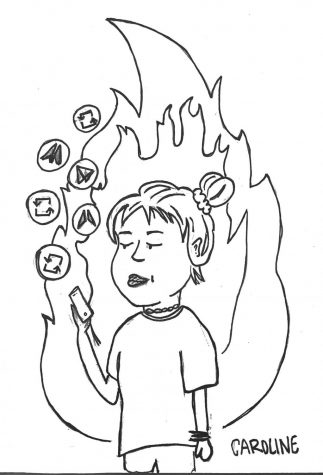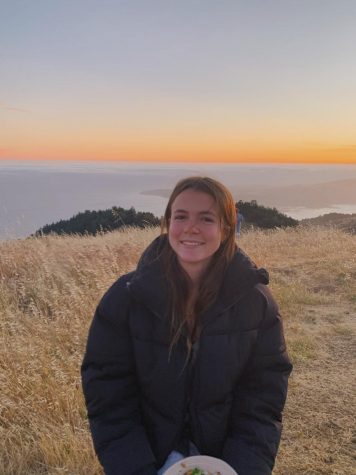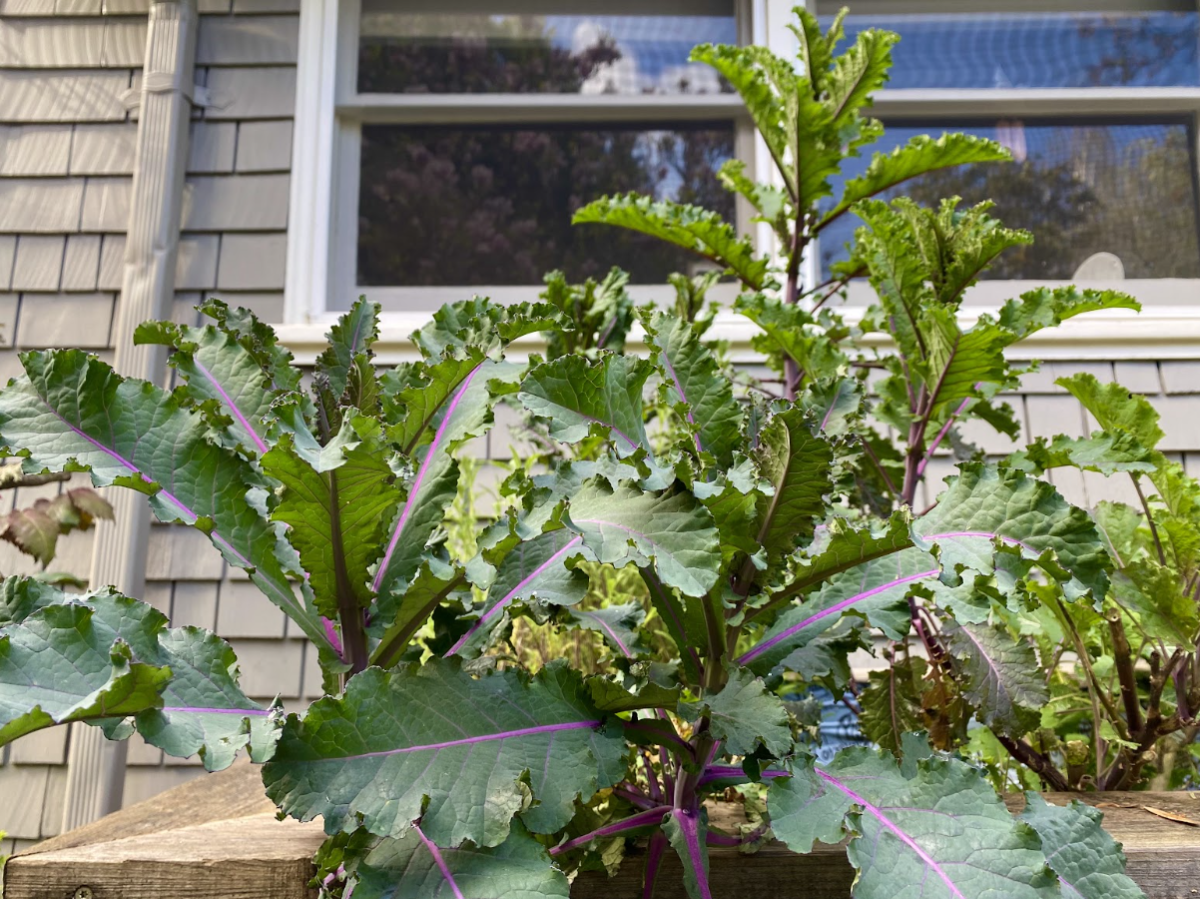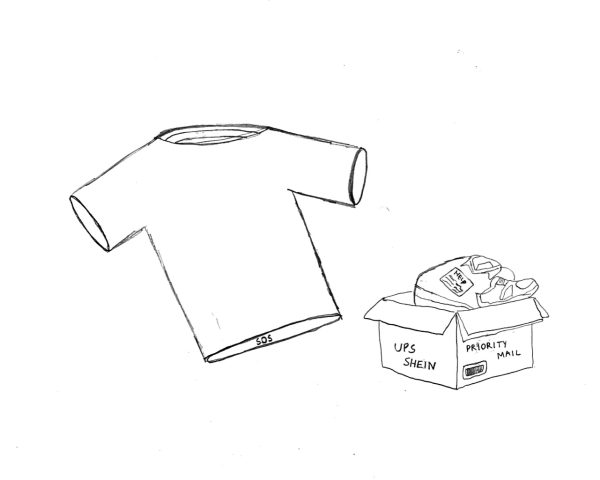Instagram philanthropy accounts exploit tragedy and misinform users
February 12, 2020
Repost to donate to Australia! One Like = One Dollar Donation! A follow = $5! These promising statements were the starting point for many Instagram donation campaigns seen a few weeks ago. As Australian bushfires erupted and devastated communities, there was a sudden burst of advocacy blazing through Instagram. Every time I refreshed my Instagram following page, I received a new wave of stories. Instead of swiping through the usual photos of someone’s dog or a Bolinas Ridge sunset, my feed was mainly filled with reposts of accounts pledging to donate large sums of money to help Australian fires.
I often notice Instagram stories that are focused on spreading awareness for an issue without exploiting a certain issue. In the case of the Australian fires, however, most accounts were promising donations dependent on the number of likes and shares that that post received.
Activism and donation campaigns through Instagram easily gain popularity and reach Instagram users but they often lack the capability for reposters to take actions further. Instagram campaigns “involve” followers by claiming that each like will donate money to a good cause. In reality, it is often unclear where the money is going, or if there is even money being raised at all.
Accounts like @thewildfund and @australiasafety accumulated hundreds of thousands of followers as Australian bushfires persisted. Both accounts pledged to donate $1 for every like their post received. They claimed all funds would go to National Geographic, who would then supposedly “help and replant the currently burning Australian forests.” In the description of these posts, the accounts added that with every additional follower, they would donate $5 to National Geographic.
According to Huffpost, National Geographic was not affiliated with either of these accounts at all. The posts have since been removed, but only after receiving a generous amount of attention and hundreds of thousands of likes.
These Instagram scams pop up environmentally but also exist politically. Last June, amidst the violent political crisis in Sudan that erupted after their ruler Omar al-Bashir was overthrown, Instagram repost accounts were everywhere. One that gained a decent amount of popularity sounded too good to be true. The account, @sudanmealcrisis, shared one post on their account that brought in almost 400,000 followers. It promised, “For every person that follows and shares this on their story, we will provide one meal to starving Sudanese children.” The statement raises a red flag immediately due to the fact that it is impossible to identify when a post has been reposted to a different account’s Instagram story. Obviously many people were not aware of this because they were so quick to share through their personal accounts.

According to Joe English, a United Nations Children’s Fund (UNICEF) communications specialist, it is not so realistic to send meals to Sudan, although the account claimed they would do so. After speaking with The Atlantic, the administrator of the scam account revealed their motive: “What I am obtaining is followers and exposure.” The hidden truth behind many of these accounts is that it is a ploy for likes and followers. Activism account’s extreme promises might catch your eye but further research exposes the false representation of the account’s intentions and the exploitation of tragedy.
Although Instagram Campaigns do not seem to have much impact, there are times when an issue gains enough popularity on social media to make a difference. According to the New York Times, one year after the #MeToo movement started, the campaign was in fact driving tangible results. The National Sexual Assault Hotline, operated by the Rape, Abuse and Incest National Network (Rainn), saw a 30 percent increase in calls over that time period. However, the campaigns that make an impact are still a minority on large platforms like Instagram.
Campaigns online might gain lots of exposure but it’s important for both teenagers and adults to note that actions can be taken to raise awareness on your own. If you are passionate about an issue, it is better to fundraise yourself and know exactly where the funds are going. A few weekends ago, freshman Shyla Lensing led a 5k fun run for our community at Redwood and beyond to participate. She organized the entire fundraiser on her own because of her passion for helping others and running. Lensing directed the funds she raised toward the Australian Red Cross.
There are many ways people can get involved and support those affected by devastating issues such as the Australian Bushfires. If one takes the time to do their research and find reputable charity organizations, it is all around a better use of their money and time. You can’t be so quick to share posts you see on social media, in cases like these, accounts often deceive you with saddening images and videos and they aren’t always what they seem.






















